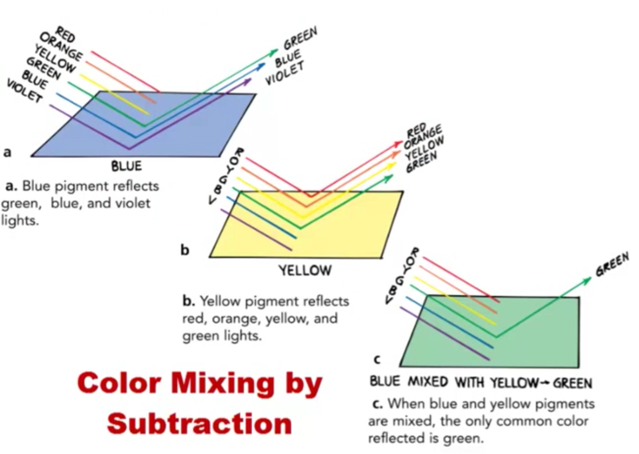Sign up for FlowVella
Sign up with FacebookAlready have an account? Sign in now
By registering you are agreeing to our
Terms of Service
Loading Flow

Now, if you begin with white light and subtract some color from it, the resulting color will appear as the complement of the one sub- tracted. Not all the light incident upon an object is reflected. Some is absorbed. The part that is absorbed is in effect subtracted from the incident light. For example, if white light falls on a pigment that absorbs red light, the light reflected appears cyan. A pigment that absorbs blue light will appear yellow, similarly, a pigment that absorbs yellow light will appear blue. Whenever you subtract a color from white light, you end up with the complementary color.
